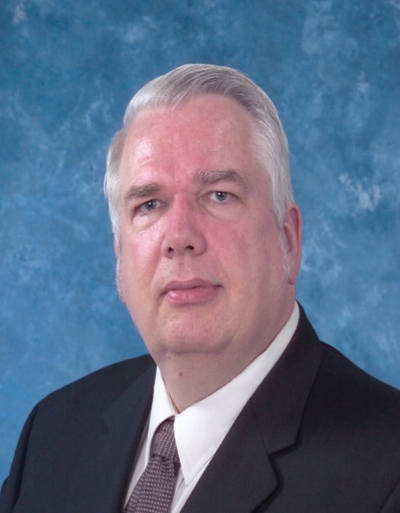
Abstract
In a low-carbon world, there is a need for energy storage to match nuclear, wind, and solar output with energy demand. These are high-capital-cost low-operating cost technologies where operating at a part load implies much higher costs for energy. Because energy is 8% of the world gross national product, significant increases in energy costs imply significant reductions in global standards of living. Heat storage costs are an order of magnitude less expensive than work (electricity) storage and thus may be the affordable pathway to an economic low-carbon world.
There are three categories of heat storage by impacts on electricity markets. The first category includes Firebrick Resistance-Heated Energy Storage (FIRES) that converts low-price electricity into high-temperature stored for heat industry, transferring energy from the electrical to the industrial sector at times of excess electrical capacity. It can potentially set a minimum electricity price slightly below that of fossil fuels. The second category includes six classes of heat storage technologies that couple to steam power cycles and may enable light water reactors and solar thermal systems to move electricity output from times of low electricity prices to times of high electricity prices. The third category is Brayton power cycles with FIRES and brick recuperators that enable high-temperature reactors and some solar systems to buy electricity when prices are low and sell electricity when prices are higher.
Biography
Dr. Charles Forsberg is the Directory and a Principal Investigator of the DOE Integrated Research Project on Fluoride-salt-cooled High-Temperate Reactor (FHRs). His research includes large-scale heat storage including Firebrick Resistance-Heated Energy Storage (FIRES) and utility-scale heat storage. At MIT, he teaches fuel cycle and nuclear chemical engineering courses. Before joining MIT, he was a Corporate Fellow at Oak Ridge National Laboratory. He is a Fellow of the American Nuclear Society, a Fellow of the American Association for the Advancement of Science (AAAS), and the recipient of the 2005 Robert E. Wilson Award from the American Institute of Chemical Engineers for outstanding chemical engineering contributions to nuclear energy, including his research in waste management, hydrogen production and the nuclear-renewable energy futures. He received the American Nuclear Society special award for innovative nuclear reactor design. Dr. Forsberg earned his Bachelor's degree in Chemical Engineering from the University of Minnesota and his Doctorate in Nuclear Engineering from MIT. He has been award twelve (12) patents and has published over three-hundred (300) papers.